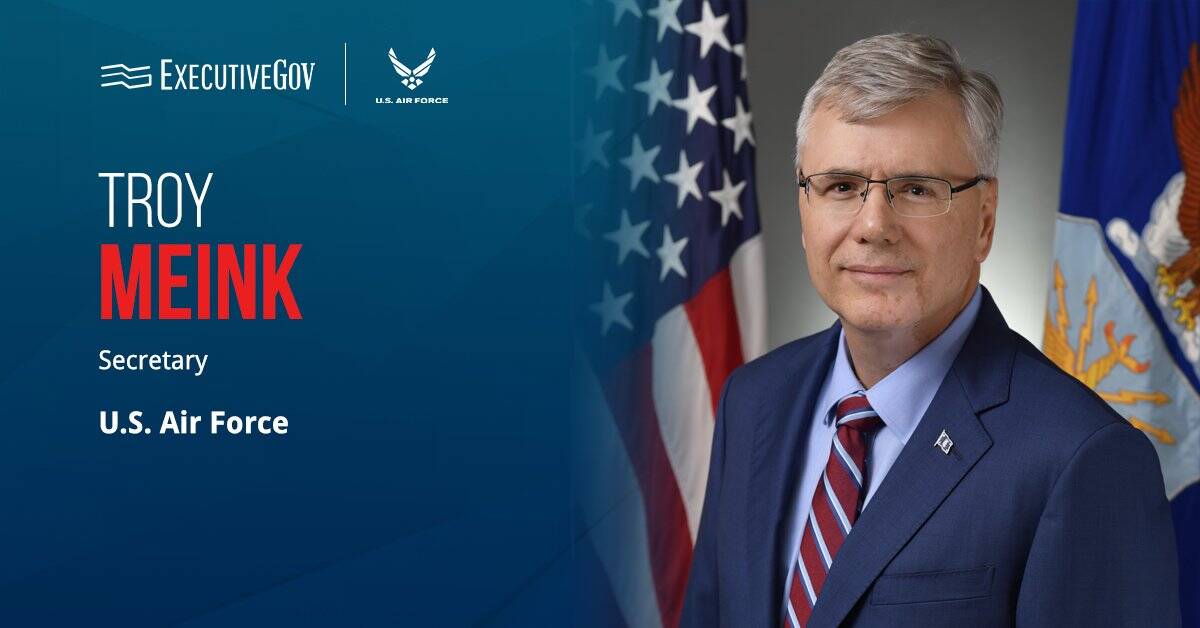 The Defense Department has postponed its decision on a potential location in the East Coast for a $3.6 billion missile interceptor base as the Missile Defense Agency works to finalize a two-year study of three potential sites for the project, Syracuse.com reported Monday.
The Defense Department has postponed its decision on a potential location in the East Coast for a $3.6 billion missile interceptor base as the Missile Defense Agency works to finalize a two-year study of three potential sites for the project, Syracuse.com reported Monday.Mark Weiner writes MDA considers Fort Drum in New York, Fort Custer Training Center in Michigan and Camp Ravenna Joint Training Center in Ohio as candidate sites for the third land-based missile interceptor base.
DoD was originally set to announce its decision in December, Weiner reports.
“MDA requires additional time to complete the study and coordinate with the combatant commanders,” Chris Johnson, a spokesman for MDA, said in an email released Monday.
“The final [environmental impact statement] and proposed alternative will be released once we complete a thorough review,†he added, according to the report.





